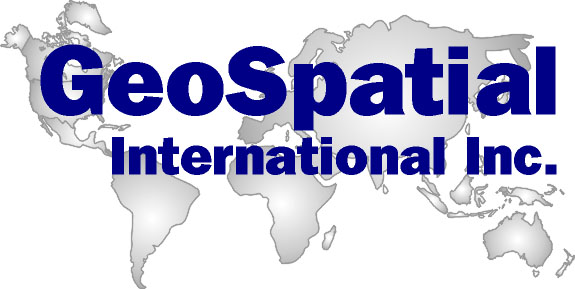3.6 Safety
Over a period of 20 months the 90 field staff utilised over 50 motorcycles and eight 4-wheel drive Toyota pickups to conduct activities in twenty-four provinces, travelling over an
estimated 1,000,000 kilometres. By project end only one man had been involved in an accident that resulted in serious injury.

Survey staff travelled over one million kilometres on 50 motorcycles and 8 trucks.
Operating Procedures
Safety procedures employed during the survey are detailed in
Annex 10, SOP's 1, 4, and 5. The objective of putting in place stringent safety procedures was to ensure that all survey activities were carried out with the minimum exposure to risk.
Cambodian society is largely unregulated, and special effort and attention was required to overcome common "no problem" attitudes. The management's strategy related to safety
was to employ military like discipline to ensure compliance with safety related operating procedures. Evidence of this was the dismissal of two staff in December 2000, for unauthorised use of a project vehicle and failure to comply with safety procedures.
Training
In addition to stringent compliance with operating procedures, field staff undertook rigorous training in safety related areas including but not limited to:
- Basic first aid, health and hygiene practices, prevention of diseases such as malaria dengue fever, and sexually transmitted diseases.
- Effective operations in Mine / UXO contaminated communities,
- HF and VHF communications protocols and procedures,
- Vehicle handling, preventive maintenance for motorcycles and pickups, and
- Periodic refresher training, including threat or area specific briefings on an as required basis.
Communications
Effective communication is an essential element in maintaining safe operations. Integral to the survey operation was the use of both HF and VHF communications. In addition, the survey was also able to secure the use of other communication networks including local administration, military, and police. Where possible, mobile phone networks were also used.
The proof of the effectiveness of these systems was demonstrated when an accident occurred half
way through the survey in the remote region of Stung Traeng. A single vehicle accident resulted in a surveyor being seriously injured, coordinating with local (district) authorities using HF, VHF and mobile phones it was possible to coordinate the evacuation of the staff member, first using the district leaders vehicle, then boat along the Mekong, and finally by a project vehicle to a hospital. The time from injury to hospitalisation was less than eight hours.
Equipment
Strict standards relating to the serviceability of equipment, especially vehicles and communications equipment were enforced. Two full time mechanics were employed to maintain,
repair and ensure the safety of the vehicles.

Teamwork moves the vehicles through otherwise impassable roads.
Medical supplies, and first aid equipment was periodically inspected and replenished or replaced as a first priority of the Field Managers.
Planning, Leadership and Mutual Support
Detailed planning by the Field Managers, and the Team Leaders, including days of preparation and reconnaissance ensured that staff faced the minimum risk possible. This activity included security assessments, and evaluation of the operational area, including lines of communication, local infrastructure, and physical threats, if any. Risks faced by the staff included on occasion, difficult river crossings and travel over water, (swimming is not a well-developed skill in Cambodia.)

River crossings in Cambodia can sometimes be a little tricky.
The single greatest factor to ensuring the safety of the staff was the willingness of the field managers, particularly the Assistant Field Manager, to enforce stringent safety guidelines, ensuring that it was possible for the staff to comply by providing adequate training and equipment.
The final essential element to the safe completion of the survey was the close mutual support that the surveyors themselves provided to each other.









